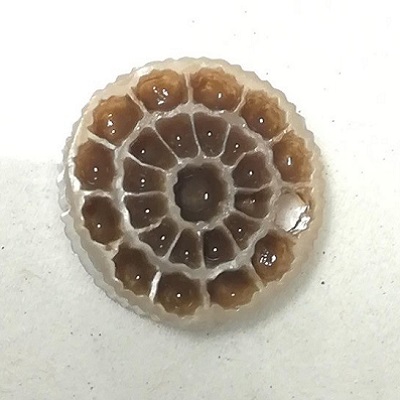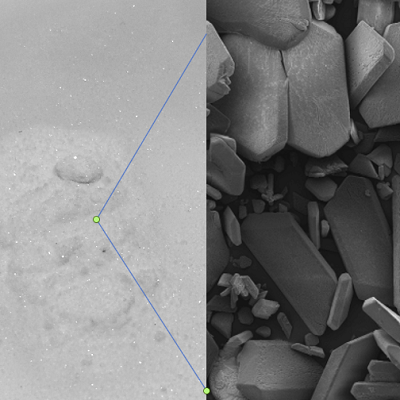SMART-Plant applies low-carbon techniques to wastewater to recover materials that are otherwise lost. In doing this, the project aims to scale-up eco-innovative and energy-efficient solutions to renovate existing wastewater treatment plants.
Key facts
- The system’s aim is to optimise wastewater treatment, resource recovery, energy-efficiency and the reduction of greenhouse emissions.
- Biopolymers, cellulose, fertilizers and intermediates are recovered, tested and processed.
- The integration of resource recovery assets to system-wide asset management programmes is evaluated in each site following the resource recovery paradigm for the wastewater treatment plant of the future.
- Further information about the project can be found on the SMART-Plant website.
- Funded by European Union Horizon 2020, Grant Agreement 690323
Impact of our research
Cranfield University delivers SMARTECH3, an ion exchange process for nutrient removal and recovery. This is a 10 m3/day demonstration scale plant that removes ammonia and phosphorus from secondary wastewater using modified zeolites and a hybrid anion exchange, with contact times in the order of minutes. The nutrients are then recovered from the multi-used regenerant solutions as concentrated ammonium in liquid solutions or salts and calcium phosphate. These recovered products can be re-used by the chemical and fertiliser industries.
The project demonstrates the feasibility of circular management of urban wastewater and environmental sustainability of the systems, through life cycle assessment (LCA) and life cycle costing (LCC) approaches to prove the global benefit of the scaled-up water solutions.
Dynamic modelling and superstructure framework for decision support is also developed and validated to identify the optimum SMART-Plant system integration options for recovered resources and technologies.
Why the research was commissioned
The system will receive global market deployment as a solution for water utilities and relevant industrial stakeholders, while considering the strategic implications of the resource recovery paradigm in the case of both public and private water management.
New public-private partnership models will be explored, connecting the water sector to the chemical industry and its downstream segments – such as the construction and agricultural sector – thus generating new opportunities for funding, as well as potential public-private competition.






